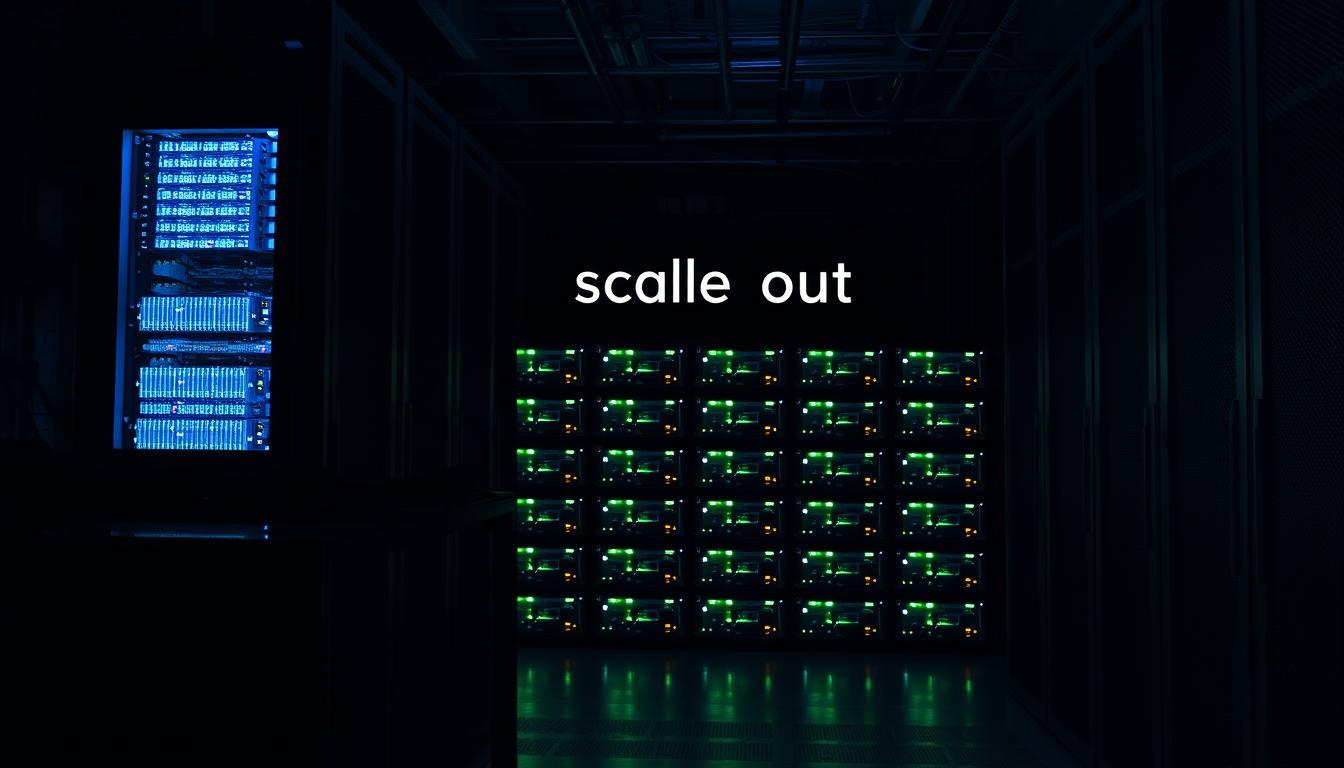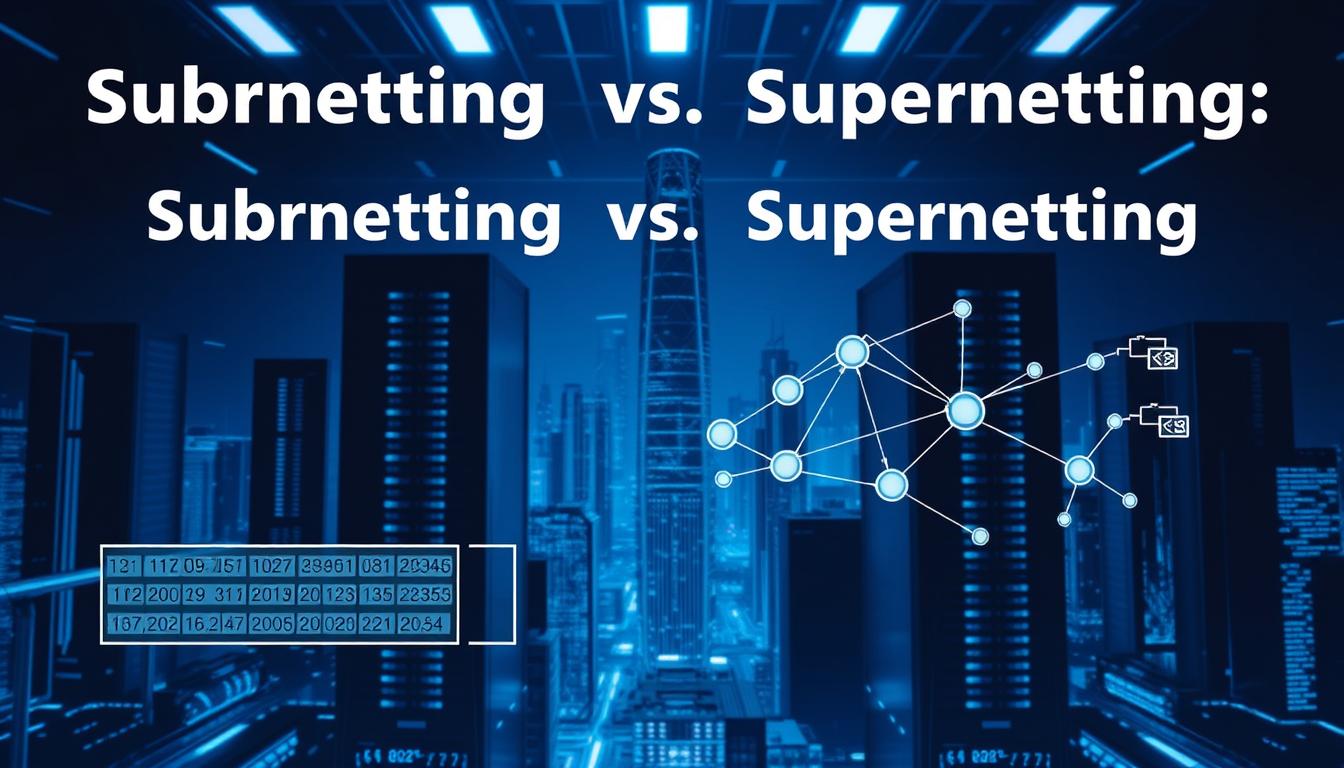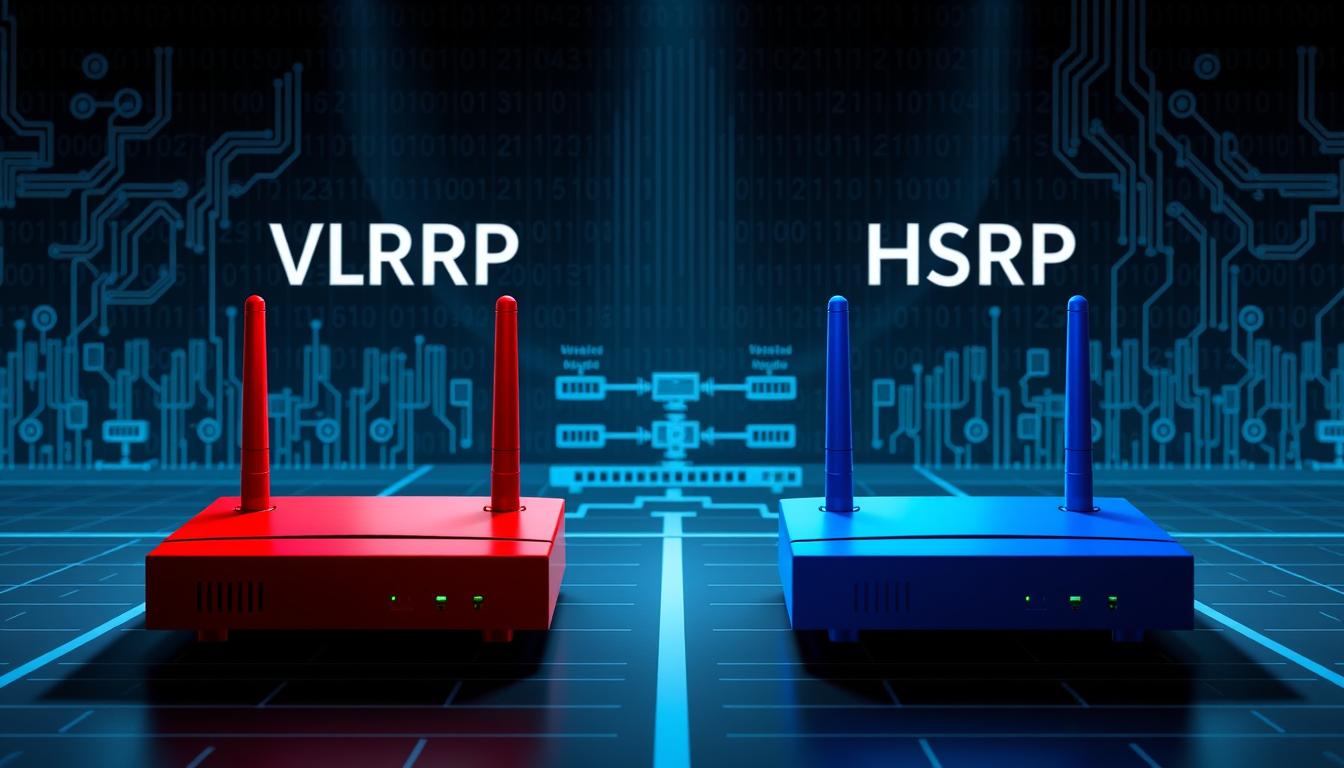Networking
Understanding Spanning-Tree Mode PVST Basics
Did you know one loop can stop a LAN unless it has a stable spanning tree? This shows why spanning-tree mode pvst is key in today’s networks. Spanning tree mode pvst uses a separate Spanning Tree for each VLAN. This adds control and balances traffic better than older modes. It also cuts down on broadcast…
Read MoreMastering the Passive Interface Command in Networking
Did you know many enterprise networks have hundreds of router interfaces? They need careful control over routing updates. The passive interface command is key in managing this. The passive interface command stops outgoing routing updates on specific interfaces. It keeps networks safe from unwanted neighbors. A Cisco reference shows it can improve performance by filtering…
Read MoreScale Out vs Scale Up: Key Differences Explained
By 2025, we might see over 180 zettabytes of data created worldwide. This shows a huge need for systems that can handle the load. Many companies wonder how scale out vs scale up can keep their apps running smoothly. Both methods aim to meet growing needs in computing, storage, and networking. Choosing between scale up…
Read MoreSubnetting vs Supernetting: Key Differences Explained
Nearly 80% of data center managers say good IP organization stops costly outages. This shows how important subnetting vs supernetting is for stable networks today. Subnetting divides big ranges into smaller parts. Supernetting combines many networks into one big pool. Both make routing easier and improve efficiency. This guide explains how each works and helps…
Read MoreCisco VRF Configuration Guide | Easy Setup Tips.
Experts say nearly 70% of network hacks start with poor segmentation. This shows why proper VRF configuration is key on Cisco devices. Virtual Routing and Forwarding (VRF) lets you create multiple routing tables on one router. It improves security, controls traffic better, and grows easily. This guide will walk you through setting up VRF for…
Read MoreVRRP vs HSRP: Key Differences Explained
Network outages can cost businesses thousands of dollars every minute. This is why protocols like vrrp vs hsrp are so important. They help keep traffic flowing by having a backup ready. vrrp vs hsrp both use a virtual IP address for a group of routers. This allows for a smooth switch if the main router…
Read MoreUnderstanding the Client-Server Model Basics
More than 75% of all online interactions use the client-server model. It helps data move between devices that ask for services and those that offer them. Every client asks for something but doesn’t share its own resources. On the other hand, a server can handle many clients at the same time. This setup makes tasks…
Read MoreUnderstanding Client-Server Architecture Basics
Cisco says nearly 94% of data center traffic comes from the cloud. This shows how important client-server architecture is in today’s computing world. It supports everything from small apps to big enterprise systems. Client-server architecture works when one machine, the server, answers requests from another, the client. It’s key in many networks and ensures fast…
Read MoreBP Proxy Switcher: Your Swift IP Solution
Almost 70% of people online worry about data leaks. This worry makes BP Proxy Switcher a must-have for keeping your info safe. It lets you quickly switch between servers, giving you control. A good proxy extension can unlock full web access. BP Proxy Switcher makes changing IPs easy. This way, you can avoid location blocks…
Read MoreRoblox IP: Insights on Gaming Platform’s Address.
Did you know Roblox gets over 50 million visitors every day? It’s a place where creative minds come together. Here, people can make games and explore new worlds. Every time you log in, your Internet Protocol address is used. Each Roblox server has its own IP. This lets millions of players connect in real time.…
Read More









